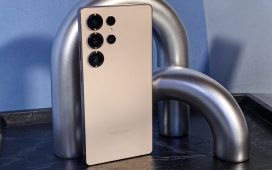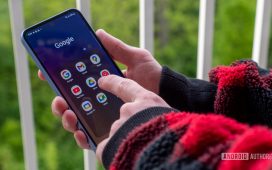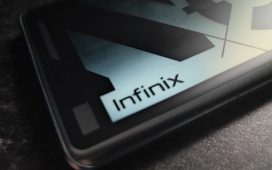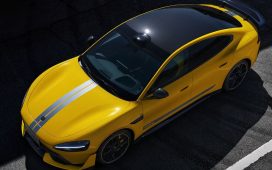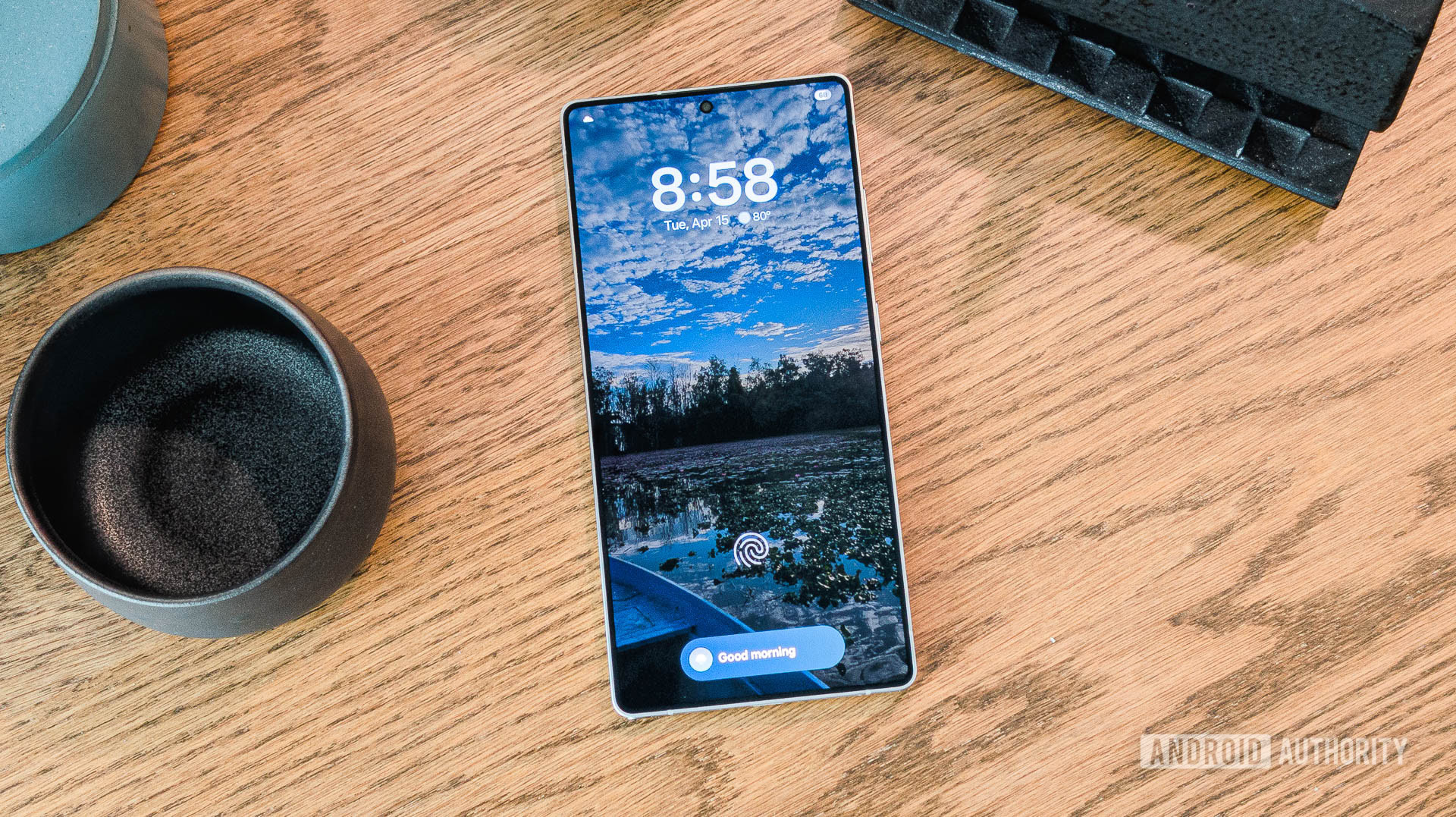
C. Scott Brown / Android Authority
I’m not the only Samsung fan who feels that the company has become somewhat complacent when it comes to its high-end and flagship smartphones. While models like the Galaxy S25 Ultra continue to be among the best camera phones and have a variety of impressive features, the manufacturer has been lagging behind significantly when it comes to its batteries and supported charging speeds.
Even though my OPPO Reno 10 Pro+ is not considered a flagship device and was released in 2023, it supports 100W charging. And I love this feature so much that I’d like to see Samsung finally implement it on its premium devices.
Would you like Samsung to implement faster charging speeds on its high-end smartphones?
0 votes
Why I love 100W charging
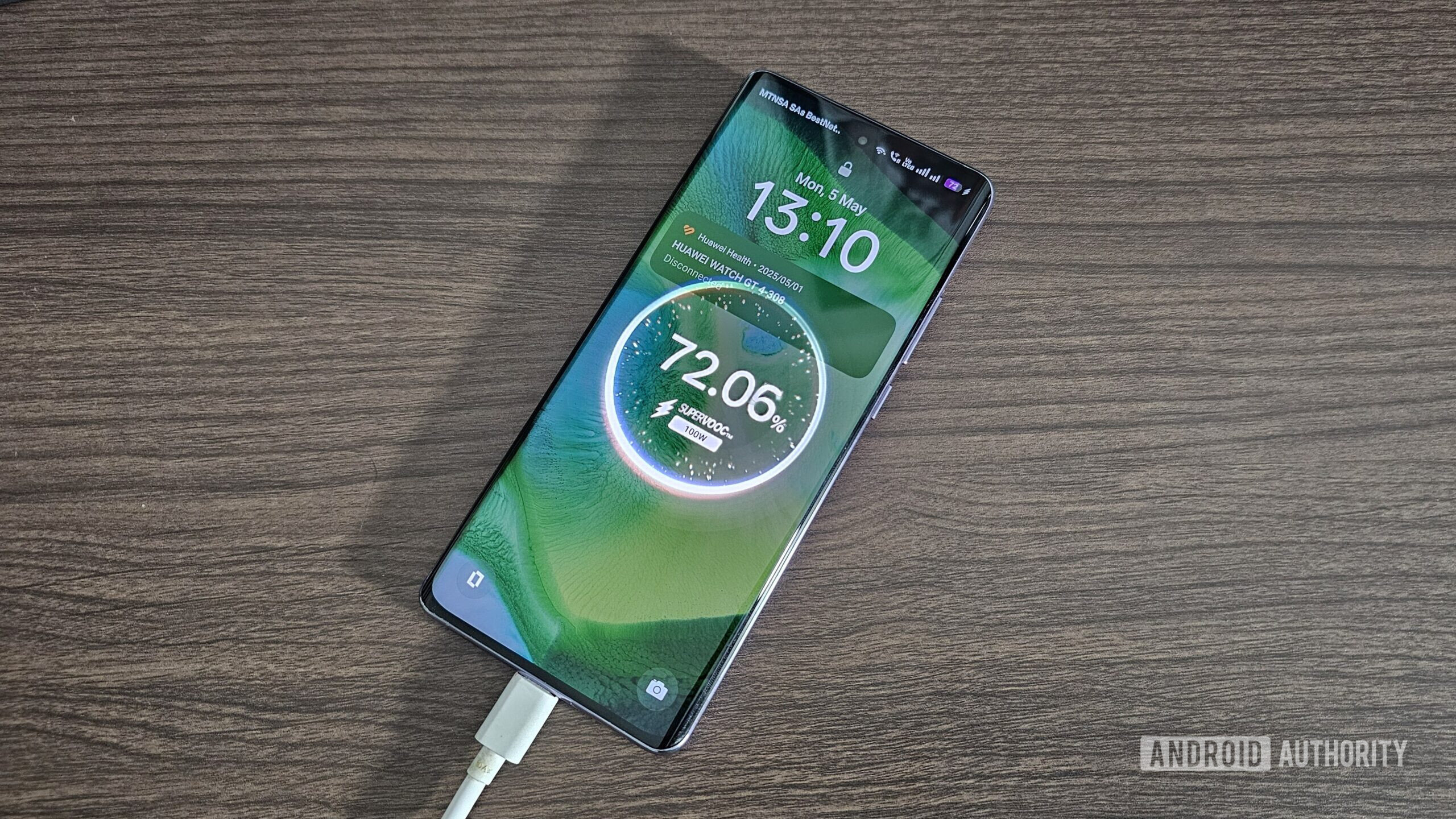
Megan Ellis / Android Authority
Now, there’s a lot to be said about 100W+ charging and its potential effects on smartphone batteries. However, my experience with OPPO’s 100W SuperVOOC charging technology has been largely positive.
Between my phone’s 4,700mAh battery and 100W charging, I spend about 20 minutes daily charging my phone. This means it fits perfectly into my bedtime routine. I plug my phone in to charge, do my physiotherapy stretches, and brush my teeth. By the time I’m done, my phone is fully charged and ready to face another day.
Between my phone’s 4,700mAh battery and 100W charging, I spend about 20 minutes charging my phone.
In contrast, my secondary phone — the Samsung S23 Ultra — takes significantly longer to charge up. It has a larger battery at 5,000mAh, but it also only supports charging speeds up to 45W with a compatible adaptor. In Android Authority‘s tests of the S23 Ultra charging speeds, the device charged from 1% to 100% in 57 minutes using a 45W adaptor.
There is an important caveat to take into consideration when it comes to charging speeds though. A smartphone’s advertised charging speed doesn’t mean that it maintains this speed during the charging process. In fact, this peak speed is usually only achieved temporarily at lower battery power levels. As the battery charges, the speed can slow down considerably, even before the 80% mark.
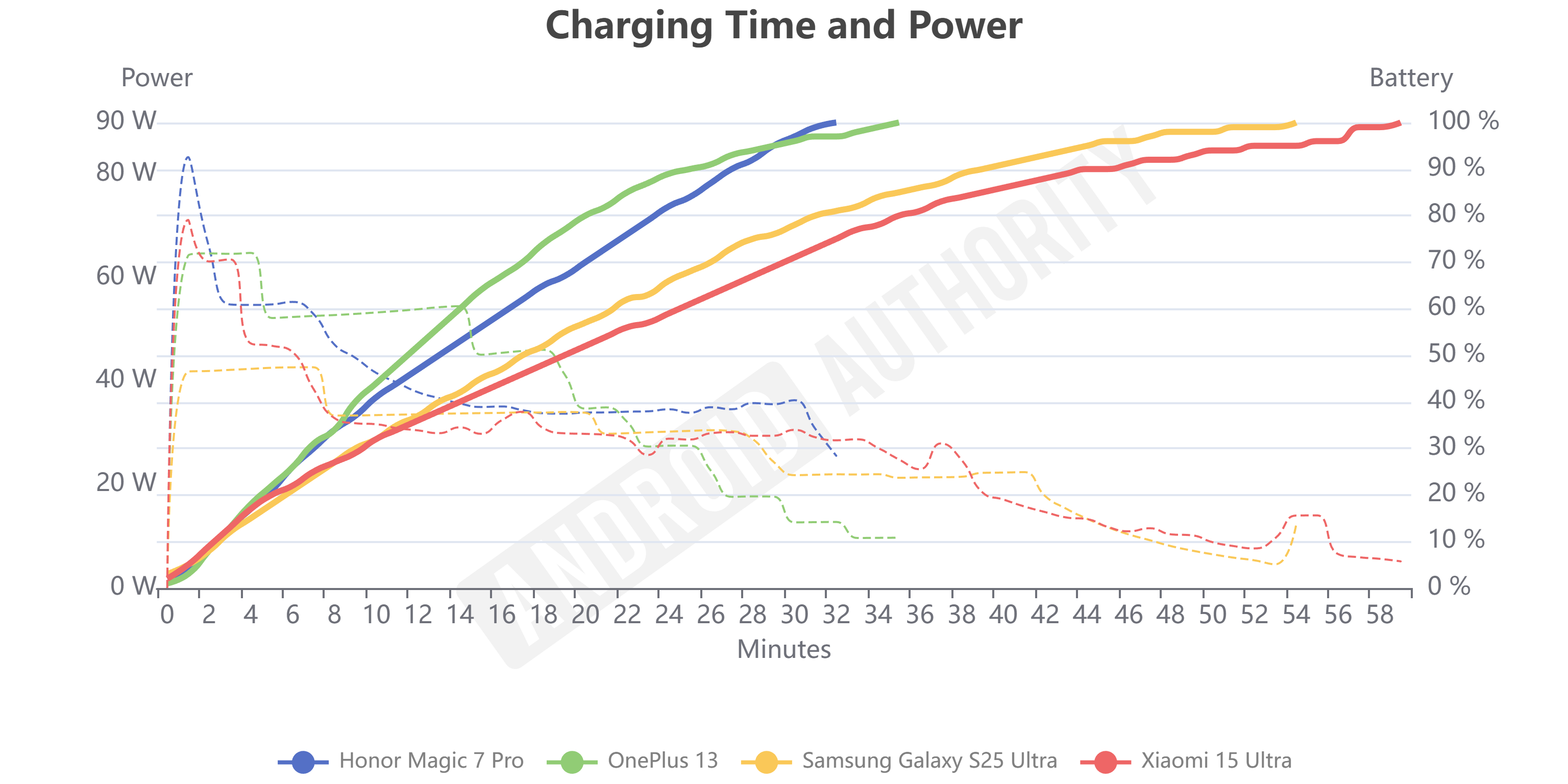
Robert Triggs / Android Authority
As you can see in the graph above, Android Authority‘s testing of multiple flagships shows that only a small amount of time is spent at peak charging speed. This means that even though the Samsung Galaxy S25 Ultra and the Xiaomi 15 Ultra have different charging speeds (45W versus 90W), the time spent charging to 100% only differs by a few minutes. This is partly due to the Xiaomi 15 Ultra’s larger 5,410mAh battery compared to the S25 Ultra’s 5,000mAh battery. However, it is also due to how quickly the Xiaomi flagship ramps down its charging speed as the battery fills.
That said, phones like the OnePlus 13 (6,000mAh battery, 100W charging) and HONOR Magic 7 Pro (5,850mAh battery, 100W charging) take nearly half the time it takes the S25 Ultra to fully charge, despite having bigger batteries. Clearly, Samsung’s flagships could be a lot faster.
Rival flagship phones charge to full in roughly half the time of the Galaxy S25 Ultra.
But based on my experience with the Reno 10 Pro+, there’s not a huge tradeoff between battery health and charging speeds. After nearly two years of use, my OPPO smartphone’s battery capacity is at 92%.
100W charging has also been especially convenient for me. Firstly, I am the type of person who will easily forget to charge my phone unless it’s built into my routine. So when I occasionally realize that my phone is at 30% and I need to leave the house, I can plug it in for 10 minutes while I gather my things. This small period of time charging gives my phone’s battery a significant boost.
After two year’s of 100W charging, my phone’s battery capacity is still at 92%.
I also live in a country with scheduled power outages. Sometimes the notifications for these outages come less than 30 minutes before they are due to begin. So, having a phone that can charge from 50% to full in 20 minutes makes a huge difference.
The fact that my charging adaptor came with my phone also adds to the convenience. OPPO’s charging technology is proprietary, so I can only reach peak charging speeds with the relevant adaptor. But this wasn’t an extra purchase I needed to take into consideration — everything I needed was in the box. However, that’s not always the case with newer super-fast charging phones.
Why Samsung has been conservative with its batteries for years
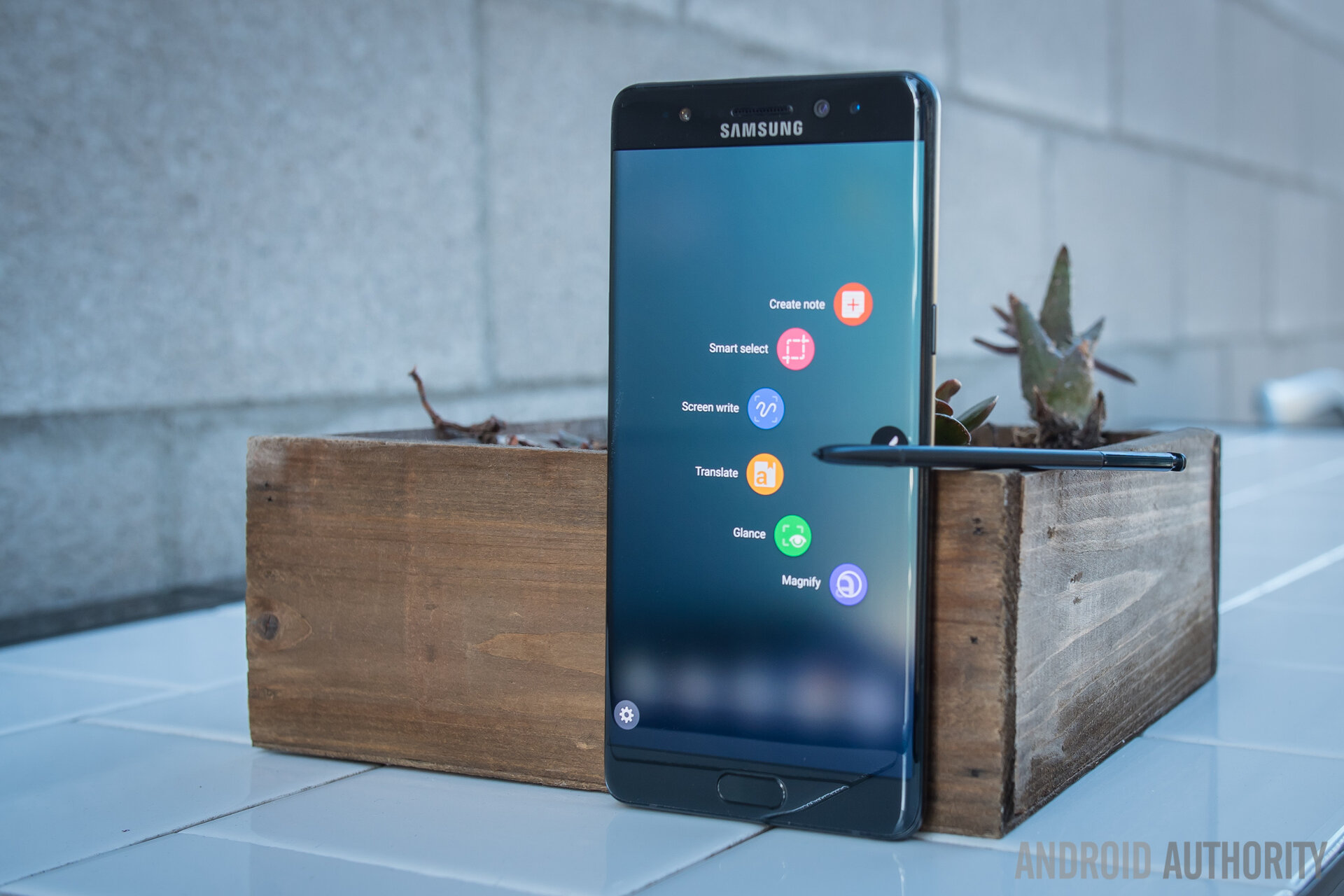
If you’ve been watching Samsung’s recent flagship releases, you’ll have noticed that not much has changed in terms of battery capacity and charging speeds. It has been two years since the S23 Ultra was released, but 2025’s S25 Ultra has the same battery capacity and wired charging speed. In fact, the S22 Ultra had the same maximum charging speed and battery capacity.
While Samsung’s releases have become more iterative over the past few years, the constraints on battery size and charging speeds are likely a deliberate choice. The relatively conservative charging speed isn’t due to Samsung’s use of the USB PD standard either, as other phones using the same standard exceed 45W.
Samsung’s hesitation to push its batteries too far is likely due to the Galaxy Note 7 fiasco.
Rather, this is likely due to Samsung’s hesitation to push its batteries too far after the Galaxy Note 7 fiasco. Samsung discontinued the Note 7 series after mass recalls due to a battery defect found in some Note 7 devices. This defect caused excessive heat in some of the Note 7 devices, resulting in the phones catching on fire.
The company’s new conservative approach to batteries was apparent when they release the Galaxy Note Fan Edition, with a smaller 3,200mAh battery compared to the Note 7’s 3,500mAh battery. When Samsung released the Galaxy Note 8, it featured a 3,300mAh battery.
In recent years, Samsung has also stuck to a 5,000mAh battery on its flagships. In contrast, many other brands have surpassed this capacity, even in their budget and mid-range devices.
It’s time for Samsung to up its charging game
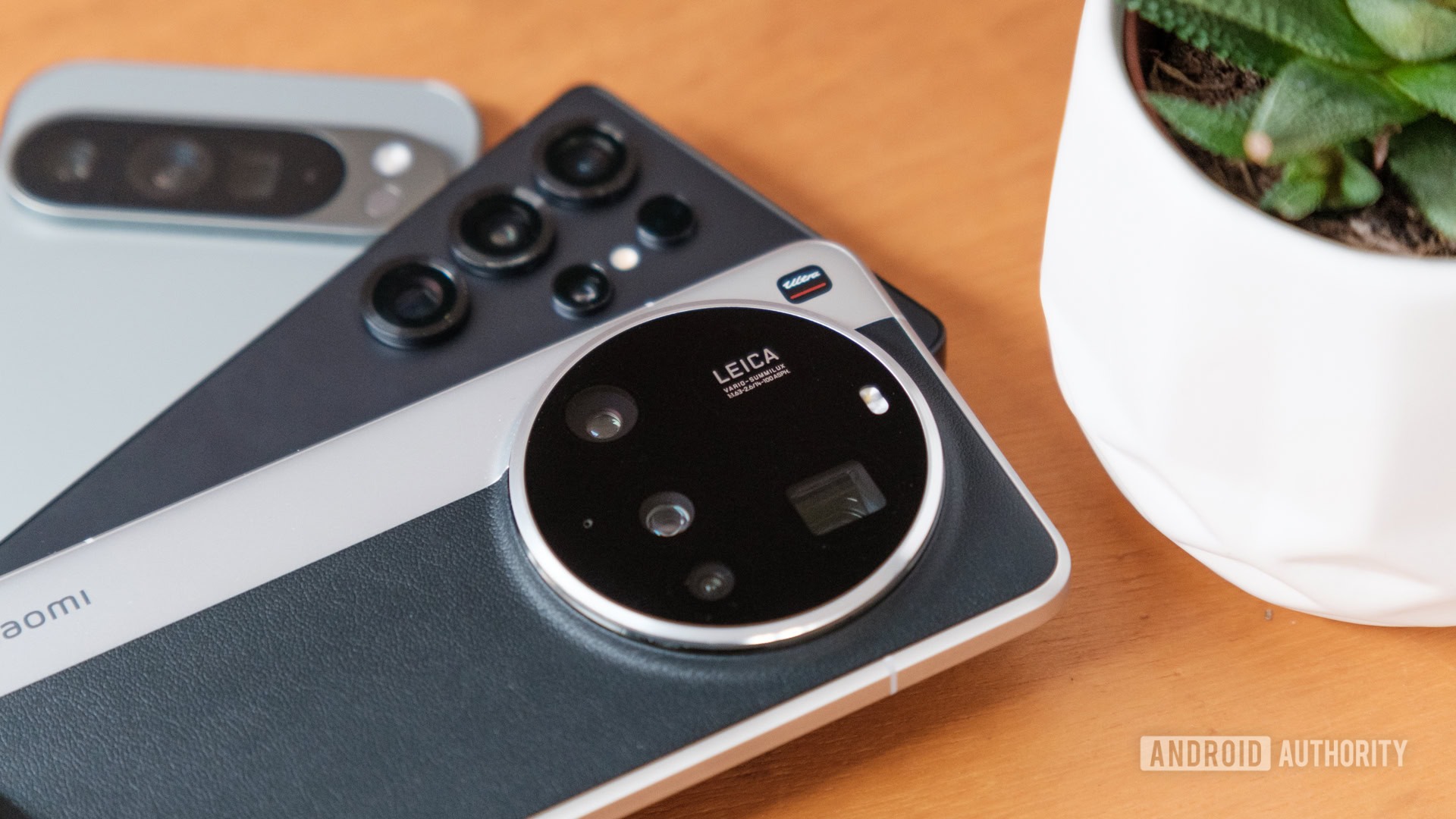
Robert Triggs / Android Authority
With the developments by other smartphone companies (primarily out of China), Samsung wouldn’t need to be a pioneer when it comes to faster charging speeds. The company can learn from other manufacturers’ implementations without taking on all the risk.
BBK Electronics brands (OPPO, OnePlus, realme, and vivo) have been particularly active in releasing phones with high battery capacities and faster charging speeds. Realme even announced 320W fast charging in 2024. But they’re not the only ones. The HONOR Magic 7 Pro features 100W charging. Even the mid-range HONOR x9c I tried this year includes 66W charging and a 6,600mAh battery.
Other brands have bigger batteries and faster charging, so Samsung wouldn’t need to be a pioneer.
Samsung could also crib from the faster wireless charging speeds that other brands implement. I have a Samsung wireless charger, but I never bother using it with my S23 Ultra because 15W feels measly in 2025. The OnePlus 13 supports 50W wireless charging, and the HONOR Magic 7 Pro supports 80W wireless charging. Both are a major upgrade from the 15W wireless charging that Samsung supports. However, this is far more proprietary than fast wired charging.
Battery technology has come a long way since the 2016 Galaxy Note 7 fiasco. Some people have argued that smartphone hardware may have peaked in many ways. But even if you subscribe to that belief, there are still many avenues through which smartphone companies can improve their high-end products.
For Samsung, which has had AI-focused releases for two years in a row, I think now’s the time for the company to improve its charging speeds — especially considering how much we pay for premium smartphones nowadays.

